How Do I Fix Bad Drainage in My Yard?
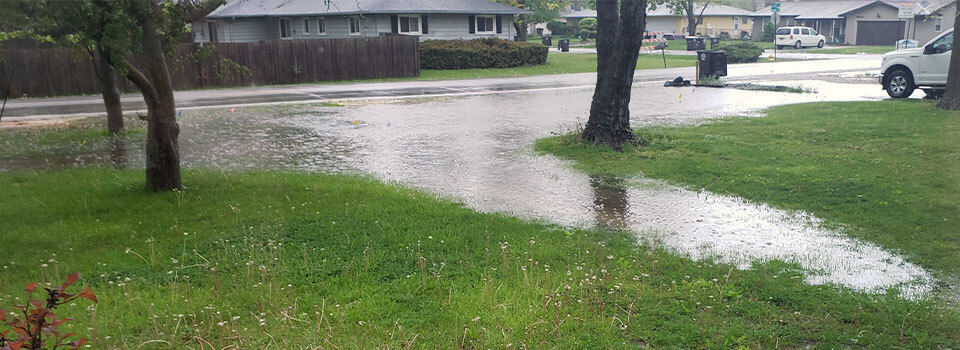
Effective yard drainage is critical for keeping your yard dry and your house in good shape. A soggy yard can cause a host of landscaping problems and unpleasantries that can ruin your backyard. Furthermore, a poorly draining yard can also direct water into your foundation, which can attract pests, rot, mildew, and mold and can ultimately damage your foundation and basement. Water always will find its way to the lowest point, meaning a poorly draining yard might just start draining into your cellar. The good news is that DIY yard drainage fixes are mostly inexpensive and simple to put in place. The goal here is to effectively drain flooded areas of your yard and to prevent water from moving towards and draining into the house’s foundation. Here are some ways you can fix bad drainage in your yard.
Add Downspout Extension

Downspouts typically run down the side and corner of your house and are there to take the water that is coming off your roof away from the foundation and house. Sometimes a downspout elbow is added to the bottom to direct the water even farther away from your foundation. However, even with these elbows, you may still see water accumulating around your house or in puddles too close to the house. If so, then simply add a downspout extension. Clamp these flexible tubes to the end of the downspout to move the water another 4-6 feet away from the foundation.
Replace Soggy Softscapes With Hardscapes
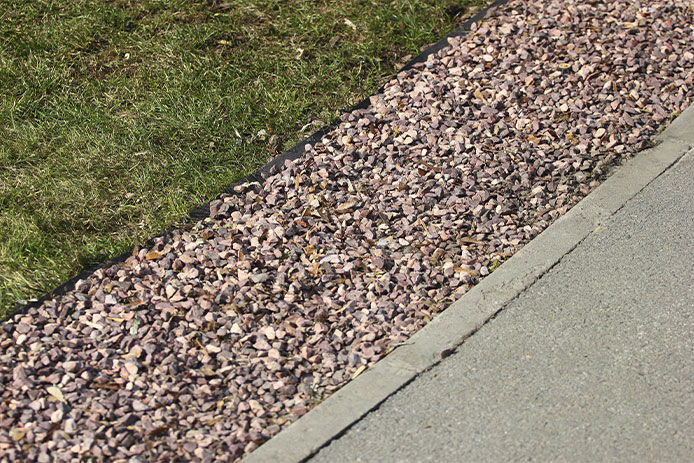
If you’ve got too many mud puddles around the house or parts of the lawn that just won’t grow anymore because the water won’t drain, then consider replacing your softscaped wet areas with hardscapes. Hardscapes can be gravel, stones, or even concrete. Hardscape materials like gravel and stones are great because they encourage even drainage and won’t turn into puddles. If you have a concrete or asphalt patio or driveway slanted the wrong way and directs water towards your house, consider replacing it with gravel to encourage drainage.
Install a Rain Barrel

Water that comes down from downspouts doesn’t need to end up in puddles on your lawn. Instead, this water can be put to good use. Especially in drier regions that experience extended periods of dryness and then heavy rainfall that can quickly flood a yard, a rain barrel might be the best way to go. By simply reconfiguring your downspout, you can direct the water into the rain barrel to collect water for later use in the gardens. Consider keeping it covered between rains to ensure it doesn’t become a breeding ground for mosquitos.
Aerate the Lawn
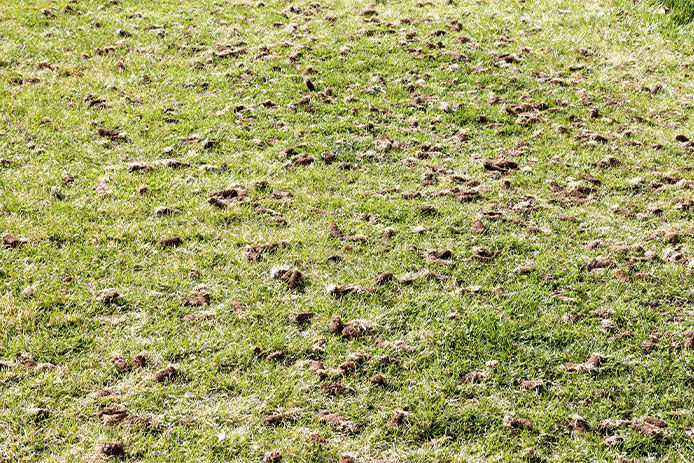
If your lawn soil is pretty packed down, then chances are it’s not adequately absorbing rainfall. Aerating your lawn is a standard practice that helps keep your lawn in great condition and encourages better drainage. Aerating creates small holes in the lawn to bring in more air, nutrients, and water. Rather than water piling and puddling in your hard, aerating will direct the water down into thousands of tiny holes.
Install a French Drain
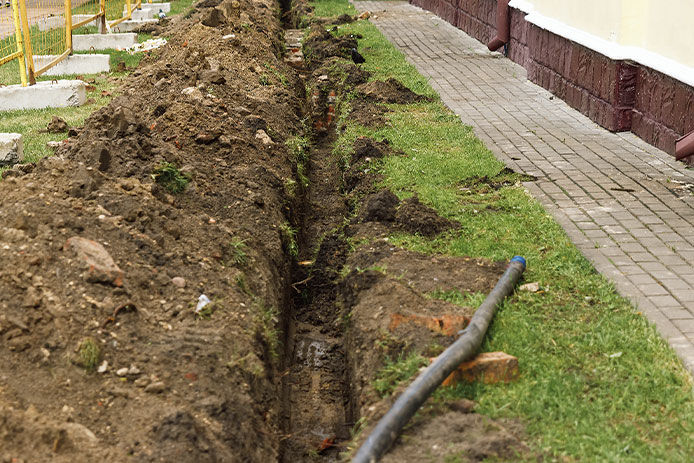
A French drain is a low-cost and effective way of managing surface water flow. Surface water that moves across your lawn can be difficult to control, but a French drain is a good way to keep water flow under control. To build a French drain, you will need to dig a trench that is filled with permeable materials such as gravel on top of a perforated PVC pipe. Water will flow into the ground, through the gravel, and into the pipe, which will redirect the water elsewhere.
Install a Channel Drain

If you have a concrete or asphalt driveway, patio, or walkway that just directs water in the wrong direction, then consider adding a channel drain. If you find water flowing towards the house or accumulating around the driveway, patio, or walkway, then a channel drain might help solve your problems. A channel drain is essentially a narrow trench cut into the concrete or asphalt where a long channel drain is installed. When the water hits the grate and falls into the channel drain, the excess water is sent away from the house, garage, or other landscape features.
Build a Creek Bed

This is a fun and more creative solution to your bad drainage problems. Rather than digging piping into the ground, turn your excess water into a water feature. A creek bed gives you the best of all worlds: function and aesthetic. Using a wide variety of rocks such as pebbles, river stones, and boulders, build a creek bed that can serve as a channel to move the rainwater away from the house. Even when not in use, a creek bed is a lovely landscaping feature that looks good and can also be accented with water-friendly plants.
Install a Dry Well
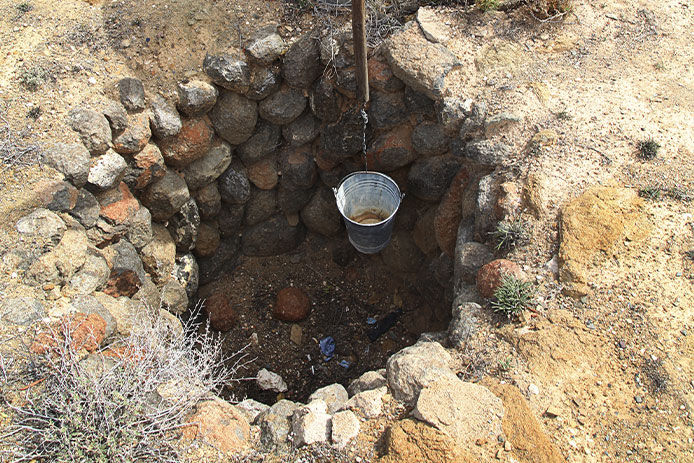
A dry well is simply a well that is installed underground and acts as a collection point for water. Bury a large dry well basin underground in the part of your yard where most water collects. Fill it with rocks so that the water can easily accumulate and drain into the dry well. The dry well then works to slowly distribute the water out underground into the soil around it. This is a great solution to managing large amounts of water.
Add Underground Drainage Pipes
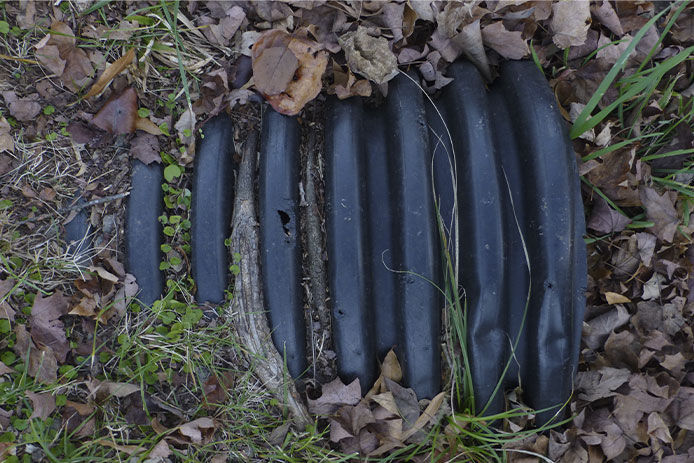
Determine where water tends to accumulate in your yard and install drains and PVC pipes to direct the water away from the house and the yard. Some water accumulating hot spots are under downspouts and at the lower parts of your yard. Bury a long drain pipe that directs water away and install drains right in the grass or below downspouts near the house to effectively whisk water away and prevent sogginess.
Wet spots are a nuisance and an eyesore, but they don’t have to be there. With a few tips and implementing some new drainage methods, you’ll have a pleasantly dry yard in no time.
While do-it-yourself projects can be fun and fulfilling, there is always a potential for personal injury or property damage. We strongly suggest that any project beyond your abilities be left to licensed professionals such as electricians, plumbers, and carpenters. Any action you take upon the information on this website is strictly at your own risk, and we assume no responsibility or liability for the contents of this article.